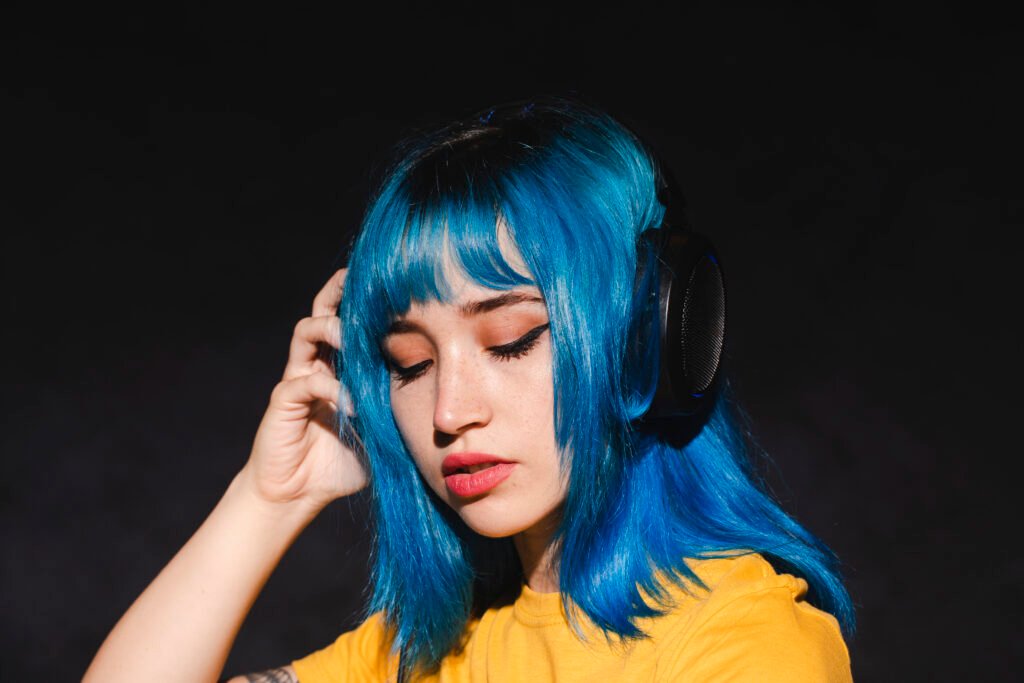Table of Contents
Are Eyelashes Considered Hair?
Yes, although eyelashes are considered hair by science, they work very differently from scalp hair. Their primary role is protection rather than insulation or styling. Despite being shorter and having unique growth properties, they still require proper care to stay healthy and full.
Eyelashes are an interesting anatomical feature that serves both practical and decorative purposes. However, are they actually regarded as hair? In a nutshell, eyelashes are indeed hair. They are not like scalp hair, though, in terms of growth patterns, structure, and function. Improved lash maintenance and care can result from an understanding of these distinctions and parallels.

What Constitutes Hair?
Human skin contains follicles that give rise to filamentous formations due to the protein structure of hair. Keratin, a fibrous protein that is also found in skin layers and nails, is the primary component of hair. Based on their distinct positions inside the body, people classify hair into three categories: facial, body, and scalp.
Since eyelashes are keratinous filaments that grow from follicles on the eyelids, they meet the scientific definition of hair.
What Distinguishes Eyelashes from Scalp Hair?
But by definition, hairs don’t work the same way as the hair on the scalp. This is how they are different:
Composition and Structure
Eyelashes have the same structural architecture as scalp hair and are composed of three main layers.
Cuticle: The outermost layer of defense
Cortex: Offers pigment and strength
medulla: The innermost layer, or medulla, is occasionally missing from eyelashes.
In addition to having a denser overall texture, eyelashes’ natural length is nevertheless shorter than that of scalp hair. While eyelashes do not go through this state, scalp hair goes through a continual growth cycle.
- Function and Purpose
Protective barriers formed by eyelashes stop dust and debris as well as small particles from getting into the eyes.
The blinking reflex initiates when eyelashes activate to protect the eyes and maintain their moisture and safety against perturbing agents.
Temperature regulation through thermoregulatory functions is absent in lashes since this function does not exist in the same manner as it does in scalp hair.
- Oil Glands and Moisturization
The meibomian glands existing near the lashes produce oils that maintain their hydration level. The specialized glands connected to the eyelid hair support eye well-being through their function in preventing dryness.
- Sensitivity and Nerve Endings
A high level of sensitivity exists in eyelashes because nerve branches extend from their base. The sensitive nature of eyelash bases allows detection of foreign substances which activates the blink reflex for comfort.

Why are lashes so important?
Eyelashes are important for human aesthetics and expression in addition to their defensive functions. Thick, long lashes are frequently linked to youth and attractiveness. For this reason, eyelash extensions, mascara, and fake lashes have all gained popularity as cosmetic enhancers.
Typical Disorders That Impact Eyelashes
Similar to scalp hair, eyelashes can suffer from several health problems. Among the most prevalent ailments are:
Loss of Eyelashes (Madarosis)
Loss of eyelashes may result from:
- Growing older
- Hormonal imbalances
- Nutritional deficiencies
- Autoimmune diseases (e.g., alopecia areata)
- Certain medications
Eyelid Infections (Blepharitis)
Blepharitis is a common inflammation of the eyelids, often caused by bacterial infections or clogged oil glands. Symptoms include:
- Red, swollen eyelids
- Itchy or burning sensation
- Crusty buildup along the lash line
Trichotillomania (Eyelash Pulling Disorder)
Some individuals suffer from trichotillomania, a psychological condition where they compulsively pull out their eyelashes. This can lead to permanent lash loss over time.

How to Take Care of Your Eyelashes
Proper eyelash care is crucial for maintaining healthy, full lashes. Here are some tips:
- Clean Your Lashes Regularly
Dirt and makeup residue can clog the follicles and lead to infections. To remove makeup and debris, use a gentle lash cleanser or micellar water.
- Avoid Harsh Chemical Products
Waterproof mascara and lash adhesives can weaken your lashes. Opt for nourishing mascara formulas and ensure you remove makeup before sleeping.
- Use Lash Serums
Eyelash serums containing peptides, vitamins, and castor oil can help strengthen and promote lash growth.
- Be Gentle When Removing Makeup
Rubbing your eyes aggressively can cause lash fallout. Instead, gently wipe off makeup with a soft cotton pad with an oil-based remover.
- Limit the Use of Eyelash Curlers
Excessive curling can weaken lashes, leading to breakage. To reduce damage, opt for a silicone pad version of an eyelash curler.
FAQs
Q1: Are eyelashes made of the same material as hair?
Yes, eyelashes are made of keratin, the same protein found in scalp hair, nails, and skin.
Q2: Can eyelashes regrow if they fall out?
Yes, eyelashes can regrow unless the follicle is severely damaged.
Q3: Why do some people have longer eyelashes than others?
Genetics plays a major role in determining eyelash length and density.
Q4: Do eyelashes turn gray with age?
Yes, just like scalp hair, eyelashes can turn gray due to decreased melanin production.
By understanding the science behind eyelashes, we can appreciate their function and take better care of them. Whether for health or beauty, maintaining strong, thick lashes is always a good idea!




